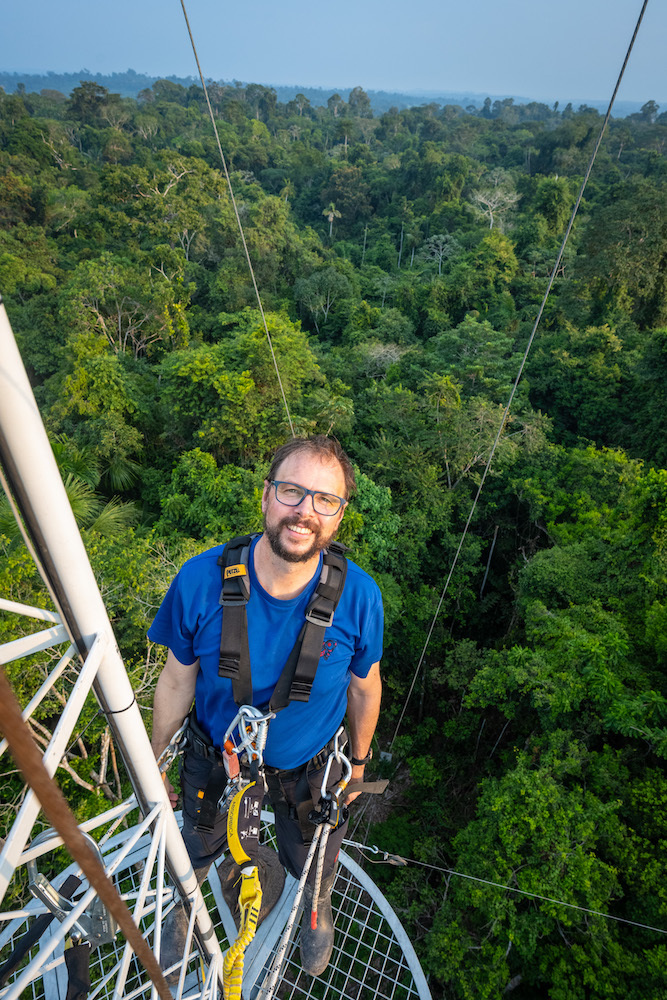Tropical ecosystem fluxes in primary rain forest of Peru
2024-05-01
A new 48m tall tower is running in the Peruvian primary rain forest to quantify the ecosystem fluxes of heat and carbon. The research is embedded into...
... into the flux network AndesFlux, which currently consists of 4 observational tower sites along the eastern slopes of the Andes. The measurement principle is the eddy covariance technique, which allows for quantiyfing the turbulent fluxes of heat, kinetic energy, carbon dioxide, and methane. In addition, the changing concentrations of the most important greenhouse gases (H2O, CH4, CO2) between the forest ground and top of the tower are measured in a profile using a greenhouse gas analzyer. The site is special in a sense that it features a tropical swamp (Spanish: aguajal), which releaes a substantial amount of the potent greenhouse gas methane primarily during the rainy season.
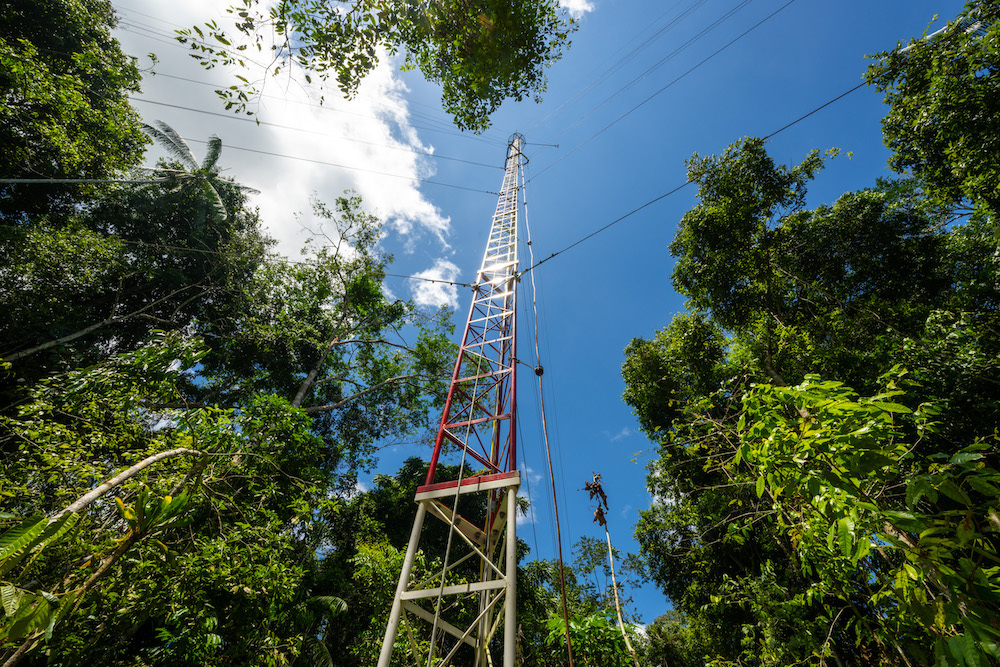
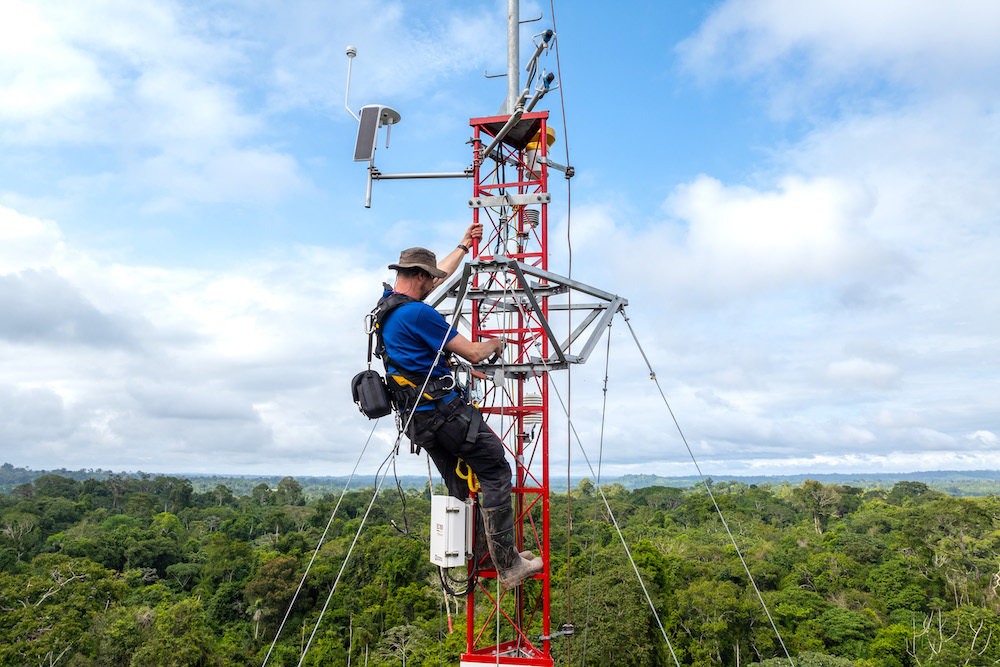
The objectives are to quantify the carbon balance (CO2 and CH4) of the lowland triopical rain forest in the upper region of the Amazon depending on the moisture/ precipitation dynamics and temperature, which are responding to the global anthropogenic changes and to the ENSO -Dynamics (El Nino and Southern Oscillations).
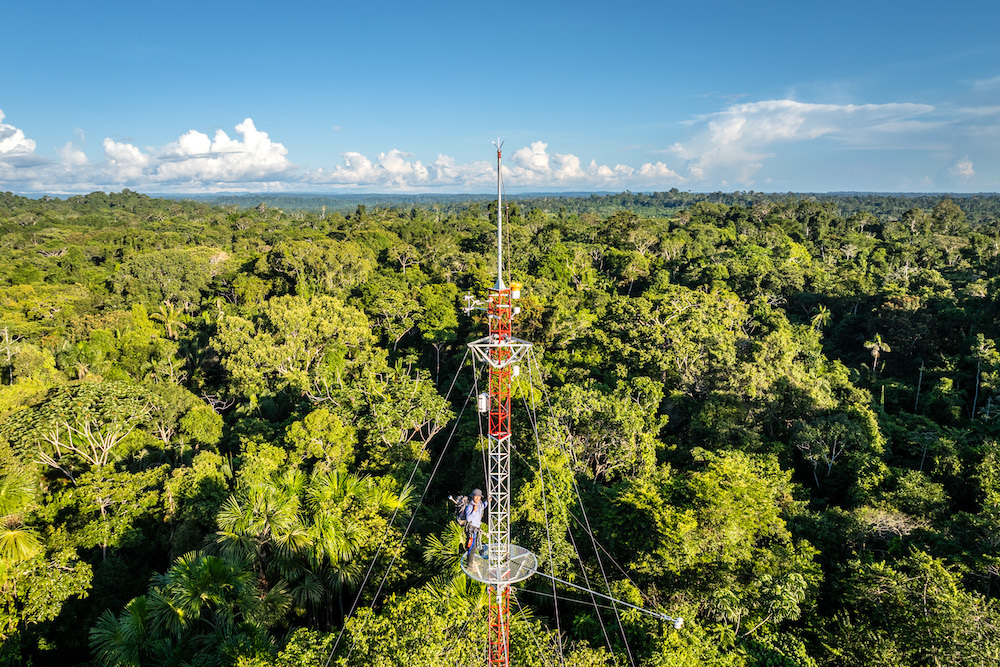
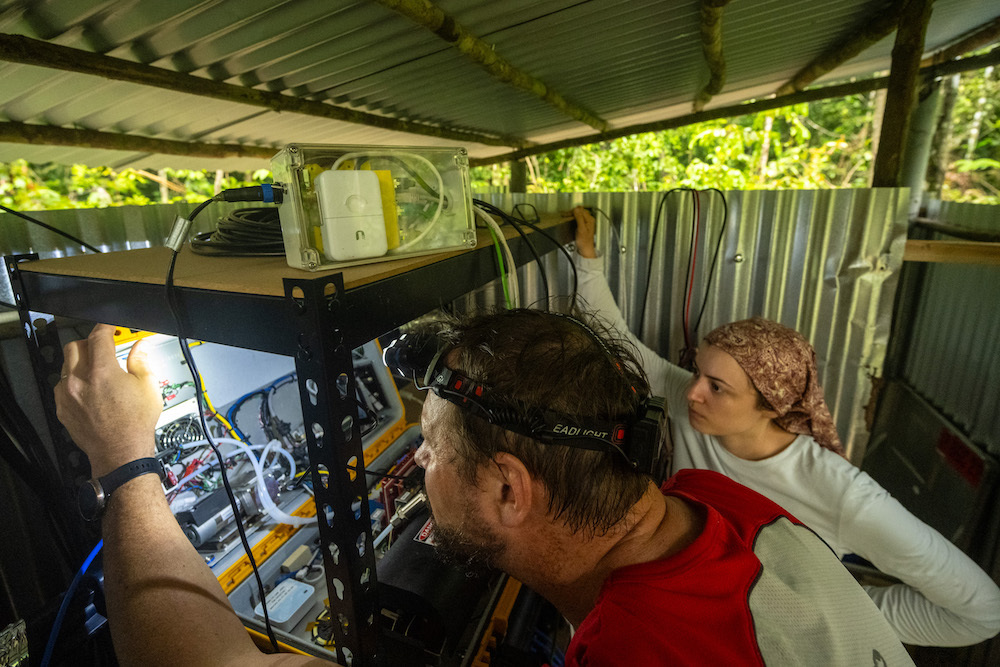
Our micrometeorology team collaborates with the partners at the catholic university of Peru (PUCP) and the Biological station Panguana.

